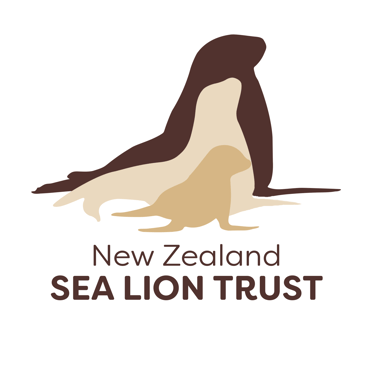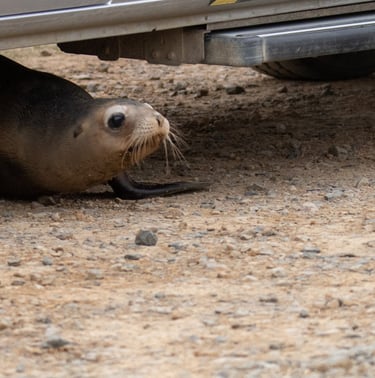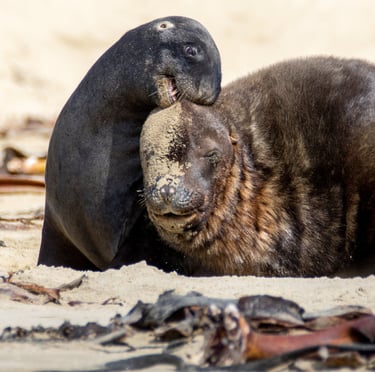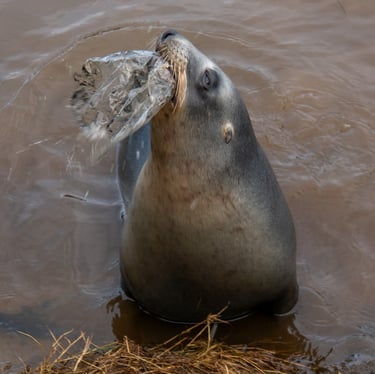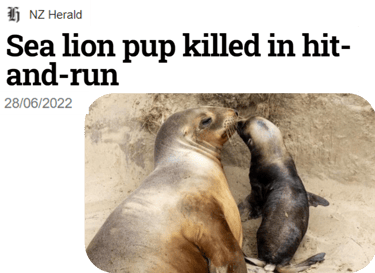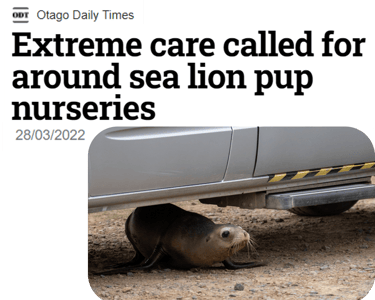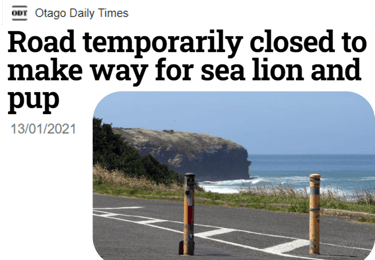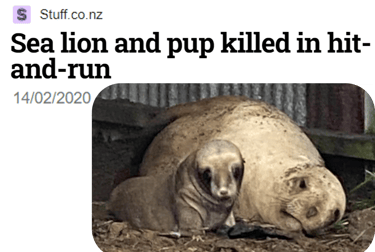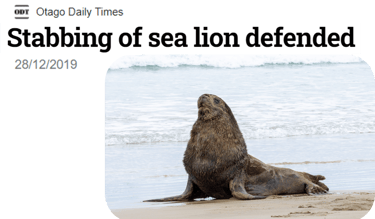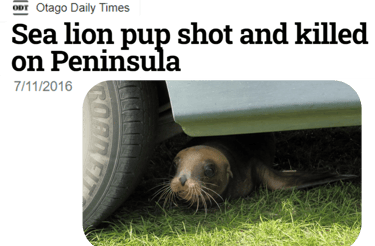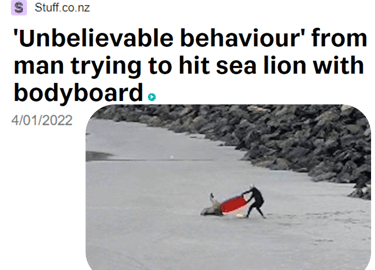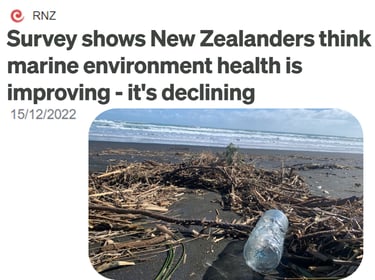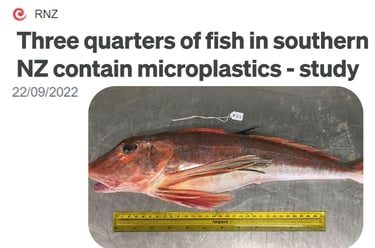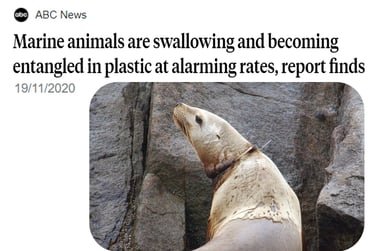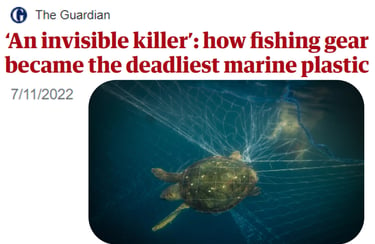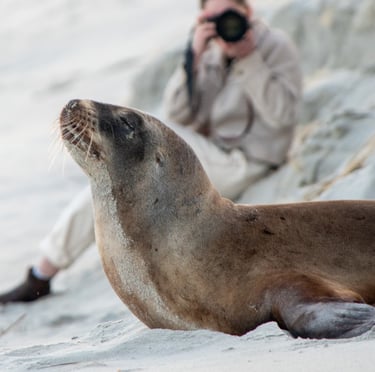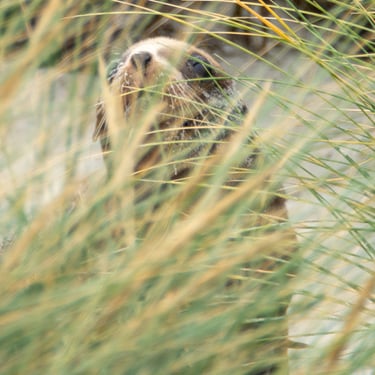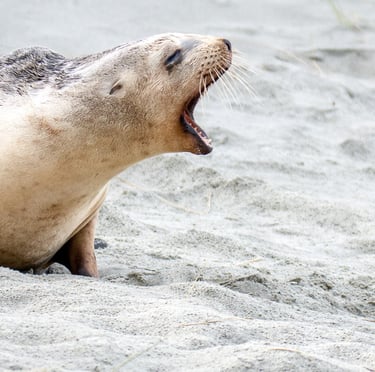
Brake for Pakake
Many pakake/sea lions have been killed by cars in recent years
What can you do to help?
SUPPORT efforts to restrict recreational vehicle access to beaches and coastal habitats
Only drive on beaches to launch or retrieve boats and take EXTREME CARE
CHECK under your car for sea lions before driving WHEN PARKED near the coast
SLOW DOWN on coastal roads and STAY VIGILANT for sea lions on the road
Sea lions often end up on New Zealand's coastal roads as they are close to their habitat. This increases during the breeding season when mothers try to hide themselves and their pups from males. The mothers and males will explore inland locations in late spring before pupping. After pupping throughout early summer, the mothers must make trips out to sea to hunt for food, leaving their pups behind. Later in summer, their pups will join them on a journey around the coast to find other mums and pups. This is why mothers and their pups are most vulnerable to being hit by cars. Pakake might also rest on the roads to warm themselves.

Dangerous Encounters
Pakake can get into trouble when they live so close to people, as they encounter us more frequently. Sometimes those encounters end badly for them.
Dogs left off lead will often sniff out and approach sea lions before their owners realise one is present. Encounters between dogs and sea lions can be dangerous for both animals, especially for young pups who are hiding while their mother is away.
Some people will harass and tease sea lions, often for close-up photos, or just the thrill of it. Others misinterpret their curious and boisterous nature and hurt sea lions out of fear. Some people have even killed sea lions because they dislike the presence of them.
Several pakake/sea lions have been injured and even killed by encounters with people
What can you do to help?
Keep dogs ON A LEAD when sea lions are in the area
STAY CALM around and DO NOT ENGAGE with sea lions
Follow our encounter GUIDELINES
Share this INFORMATION with your community to reduce fear of sea lions and increase safety
SHARE your LOVE for sea lions with your community to reduce bad attitudes towards them

Plastic in Paradise
Plastic can easily kill pakake/sea lions who ingest or become entangled in it
Plastic poses a significant threat to sea lions.
'Macro' plastics (those we can see) pose a significant risk to sea lions who may become entangled or ingest it, as curious sea lions will sometimes play with or eat plastic. This exposes them to a risk of choking, blocking their digestion, or bursting their digestive organs, all of which are likely fatal. Most entanglements involve discarded fishing line, nets, or rope. Entanglement often causes serious injuries and death.
'Mirco' plastics (pieces less than 5mm in length) also pose a risk to the health of sea lions. As sea lions are at the top of the food chain they will ingest microplastics from their food as well as their environment. This means they likely accumulate large amounts in their body. Research has already found that microplastics can cause malnutrition, impact reproduction, and increase exposure to toxins and diseases.
REDUCE, REUSE, RECYLE, and be a TIDY KIWI
What can you do to help?
The LESS PLASTIC that is used or thrown away the less chance of harm to wildlife
Be careful with FISHING GEAR to reduce the amount that ends up in the environment
Choose seafood from SUSTAINABLE SOURCES to reduce industrial fisheries waste
